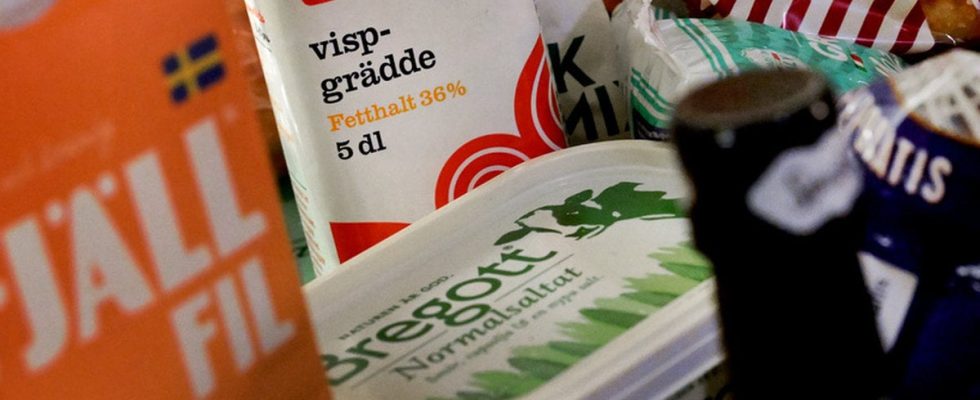— So far it doesn’t look like shrink inflation in the negative sense, but like a packaging change, says Ulf Mazur, CEO and founder of the consumer service.
Bregott arrived in stores in a new guise earlier in February. The sizes 300 and 600 grams are replaced by 250 and 500 grams. In addition, a large pack of 750 grams has been added.
According to Arla, the reason is to adapt the range based on customer needs.
— These two sizes were developed in the late 60s when Bregott was launched. Today, consumer needs look different, says Arla’s press manager Max Wallenberg.
Here, they want to replace Bregott with Lätta at the school lunch – to save money
What is the difference between Arla’s yoghurt and quark?
Dissatisfaction among customers
Dissatisfaction bubbles up in social media. “Same price but 100 grams less content,” writes a customer in the Bregott group on Facebook, according to Expressen. Another feels cheated after buying 500 grams at “almost the same cost” as 600. People have also contacted Matpriskollen.
According to Max Wallenberg, inflation has accelerated the change.
— With less in the wallet, the unit price matters. A lot of focus is on the two smaller packages and that the kilo price has gone up marginally, but at the same time the kilo price has gone down on the large package, he says and emphasizes that Arla has been talking about the news since last autumn.
Ulf Mazur understands that emotions among customers are running high.
— It has become much more expensive with all foodstuffs in recent years. The wallet has become much thinner, he says.
Arla’s unexpected venture: Cocky response to the row with Oatly
Harsh criticism of Arla’s new milk package: “Terrible”
“We will have to wait”
But Matpriskollen’s review of the price of several large food chains gives some support to Arla.
The unit price of 250 and 500 grams respectively is several kroner lower than the predecessors, while the kilo price is often higher. At the same time, the kilo price for 750 grams is up to three kroner lower than for 600.
— We’ll have to wait and see how it turns out when price competition sets in and the chains start looking at each other, says Ulf Mazur.
Shrinkflation is a phenomenon where producers more or less surreptitiously change the size of a product’s packaging.
— Sometimes it is done because the consumer expenditure would otherwise be too high. Then the size is adjusted, so that you get less for the same money. You are worried that the customer will stop buying the product otherwise.
